Time to face the outside world again…

Ugh. Nemmind, we gots funneeez.




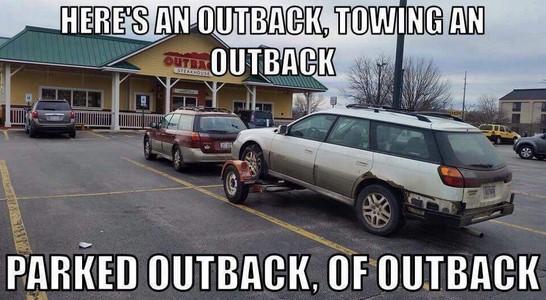




And speaking of one-night stands, here are a few suggestions:




Get outta here, and face the day like men. And that goes for my Lady Readers as well.

Time to face the outside world again…

Ugh. Nemmind, we gots funneeez.









And speaking of one-night stands, here are a few suggestions:




Get outta here, and face the day like men. And that goes for my Lady Readers as well.
One of those 1940s babes, I think Ramsay Ames had an amazing ability to look like other stars of the day such as Rosalind Russell, Lana Turner* and so on. Or maybe they just all looked alike according to the casting standards of the day. Whatever, Ramsay’s gorgeous.
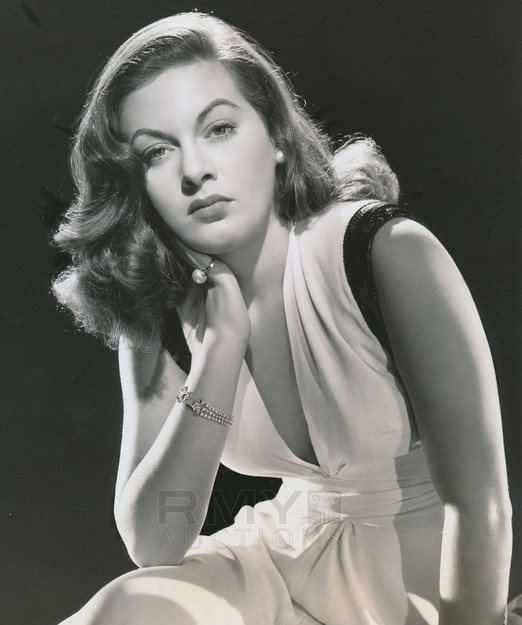
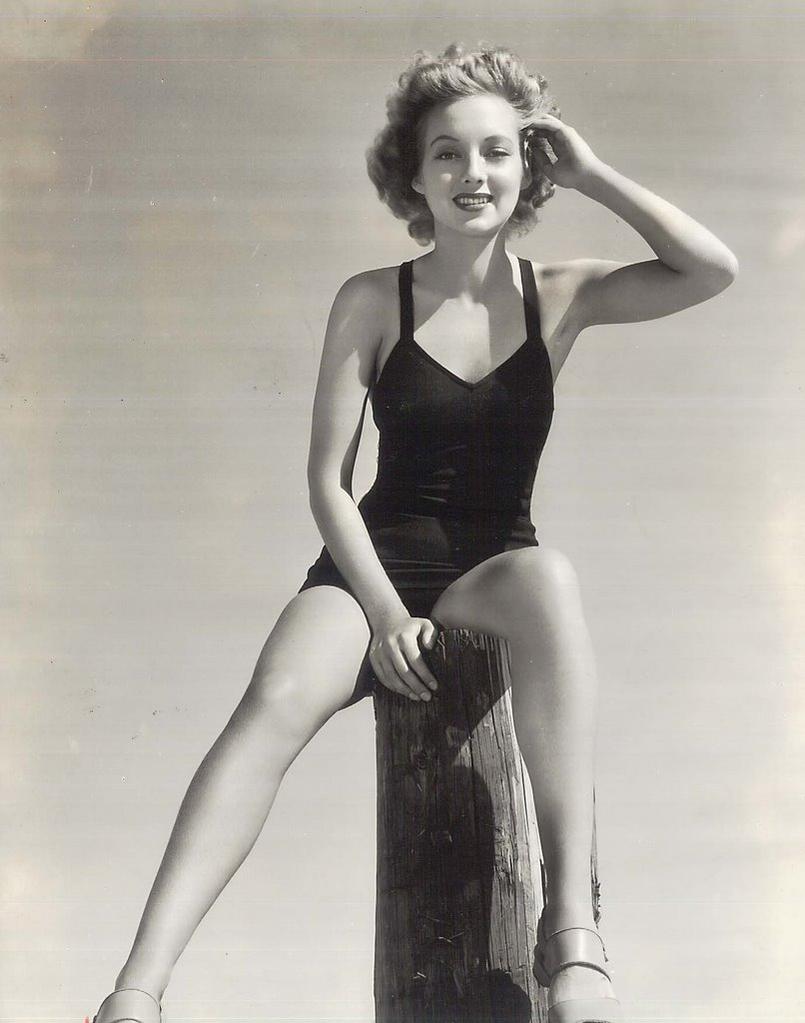
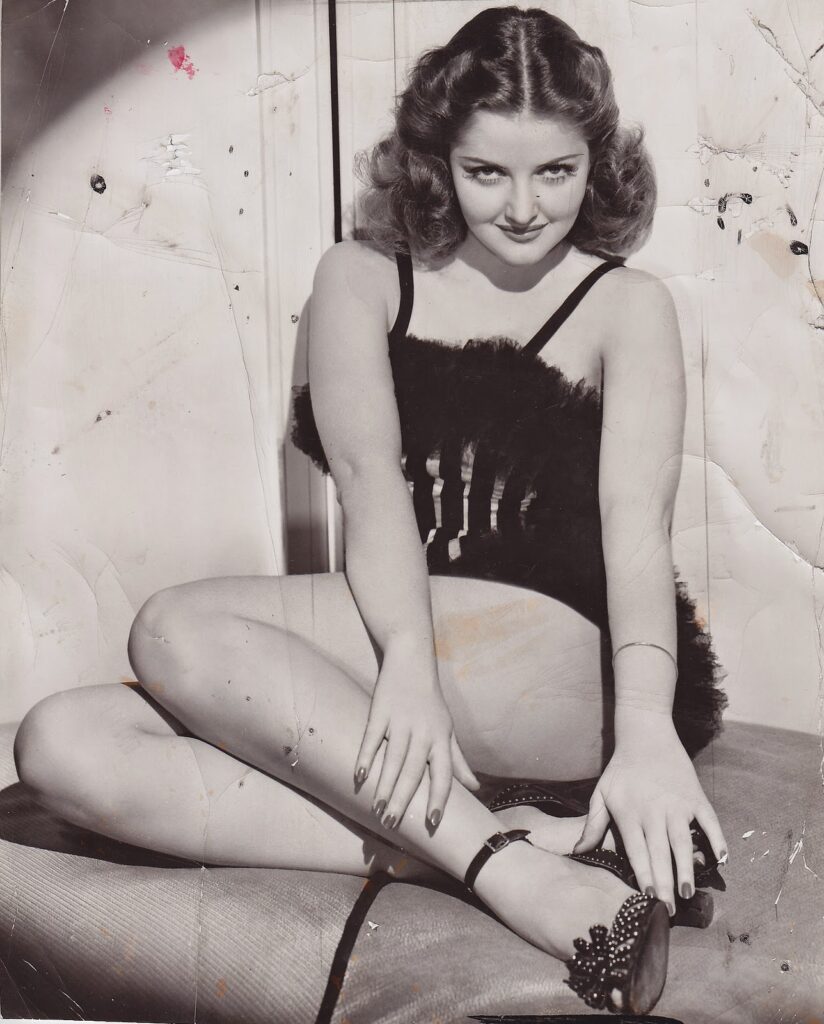
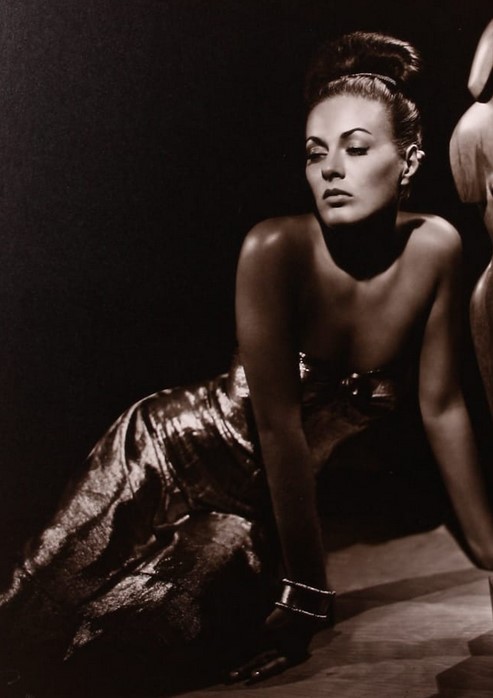
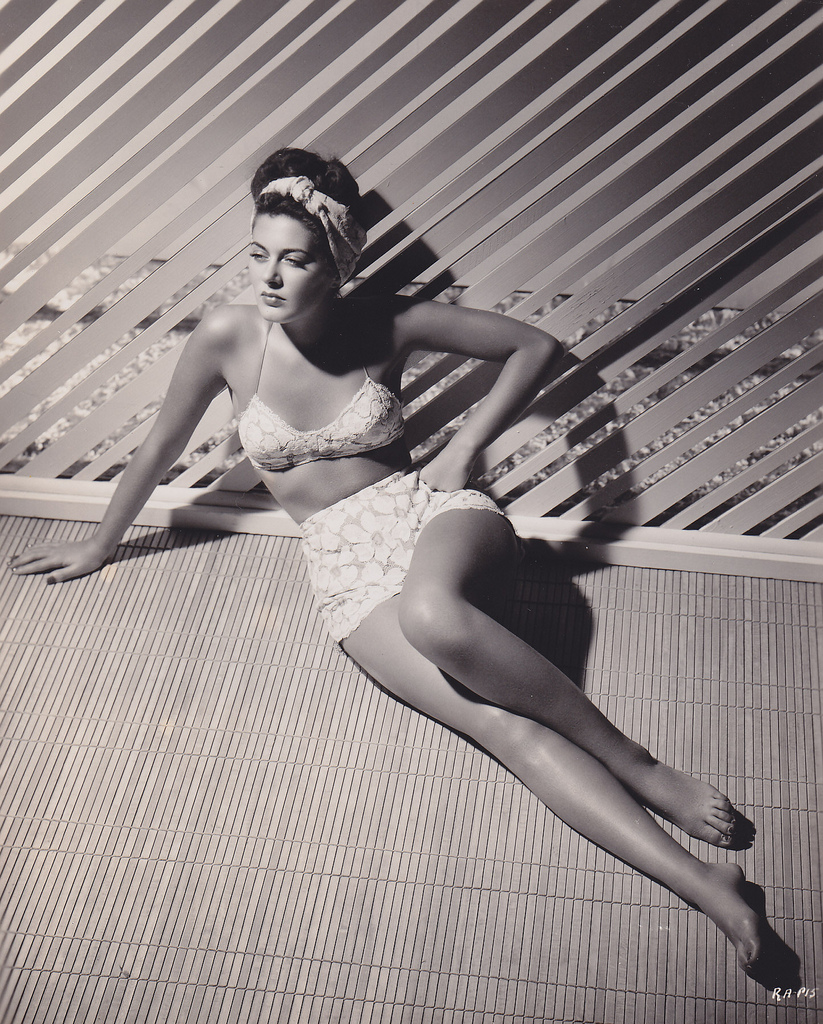
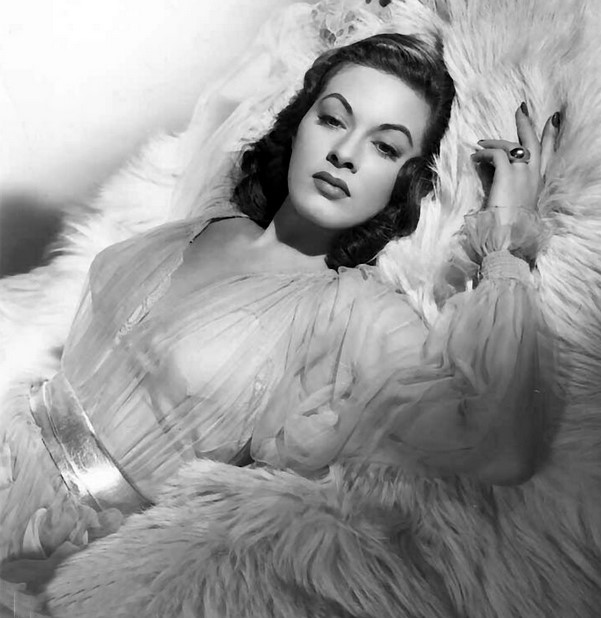
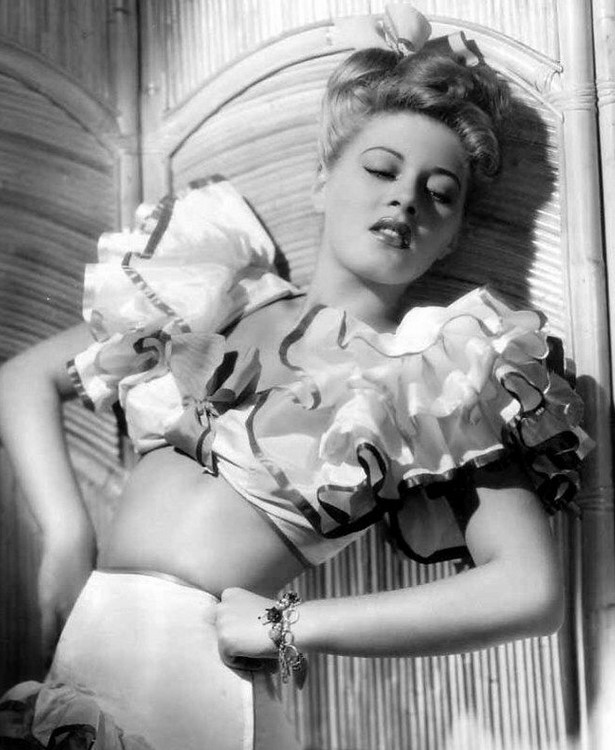
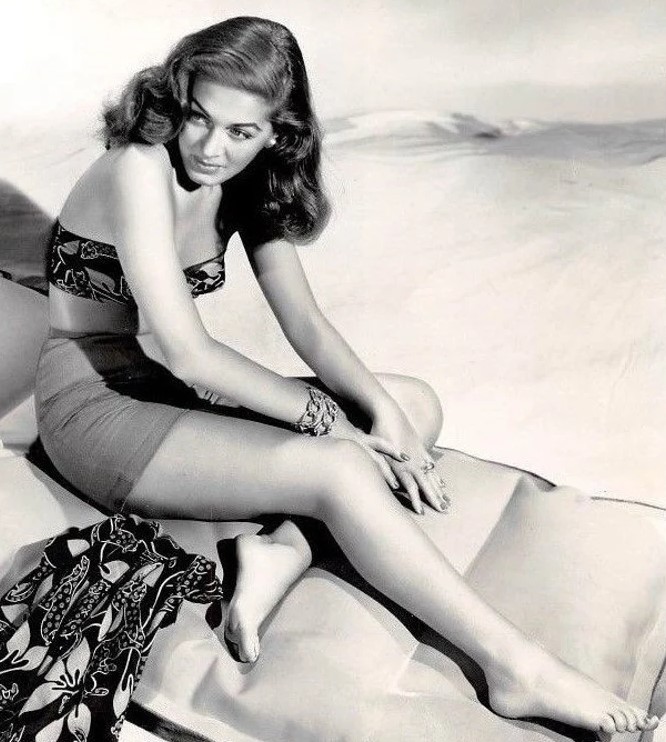
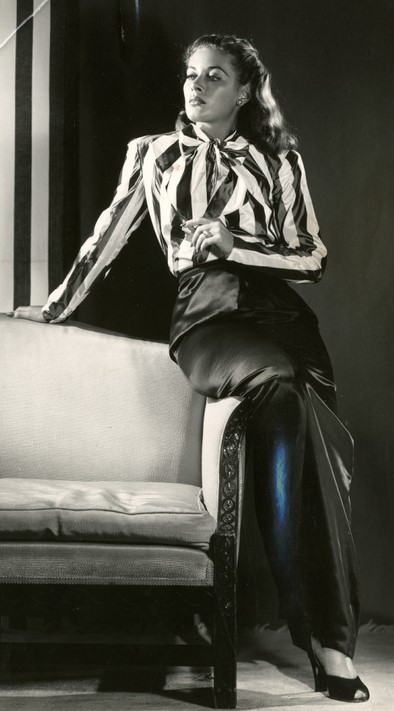

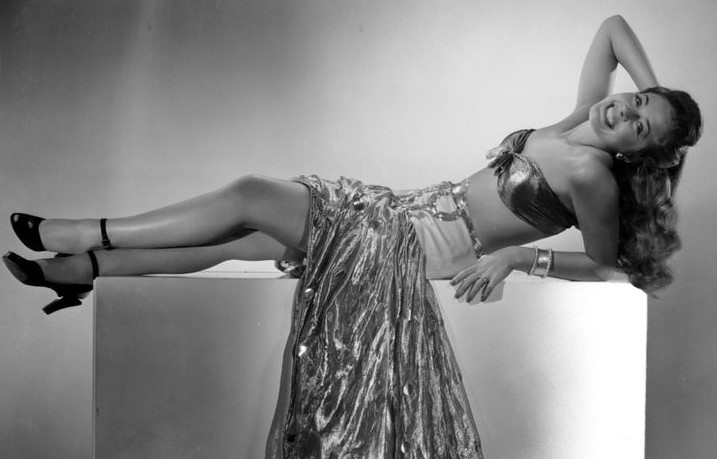
Classic, indeed.
As we saw last week, there’s really not a good reason for a car to have a jillion horsepower — one of those “just because you can doesn’t mean you should” situations. Lots of power on the racetrack: good. Lots of horsepower on roads and streets: ehhh maybe not.
And when looking at cars on this here back porch o’ mine, can older cars be far behind? Remember, they’re grouped into “taking the family out for a drive” (saloon cars) and “I’m taking my best girl out for a picnic or date” (sports cars). So here are my choices, from a bygone age.
Saloon Car:
Citroën Traction Avant 15/6 Normale (1949)
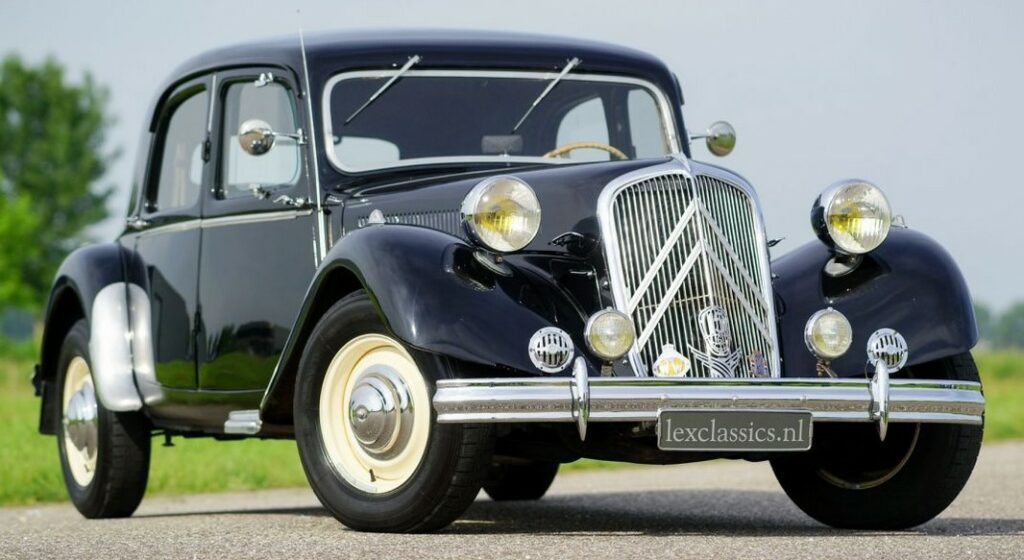

I know: the earlier Traction models (pre-1938) were horrendously underpowered, but the later 15/6 version had a 2.9-liter inline 6 engine which boosted its initial 32bhp to a stratospheric 60bhp, and this yielded a top speed of about 70mph. I know: I wouldn’t be able to take this splendid creature onto an interstate, but then why would I want to? Country roads at 55mph, city streets (drawing admiring looks from everyone). It’s still one of the classiest cars ever built.
Daimler Consort (1952)
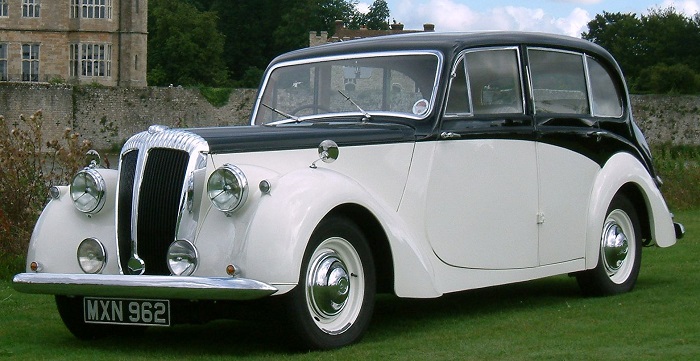
Let’s see: heavy, underpowered (2.5-liter engine / 70bhp) and supremely comfortable — sounds like my kinda car, and it is. And it’s gorgeous, so much better-looking than modern saloon cars, and classy (which no modern car is, to the same degree).
Sports Car:
Fiat 124 Sport Spider (1966)
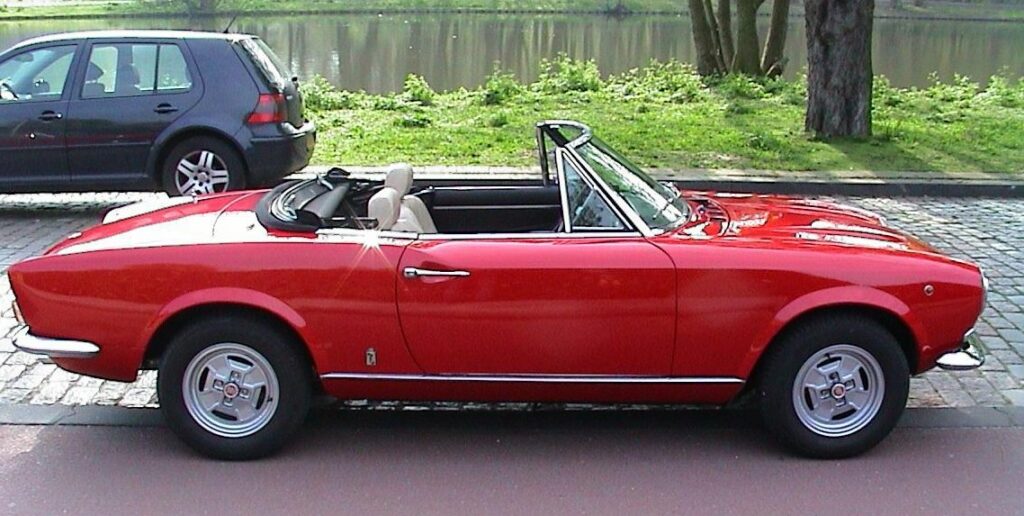
Built by Fiat, design by Pininfarina, the 1400cc engine developed 89hp (once again, enough for country lanes and pootling around city streets).
Sunbeam Alpine Series III (1967)
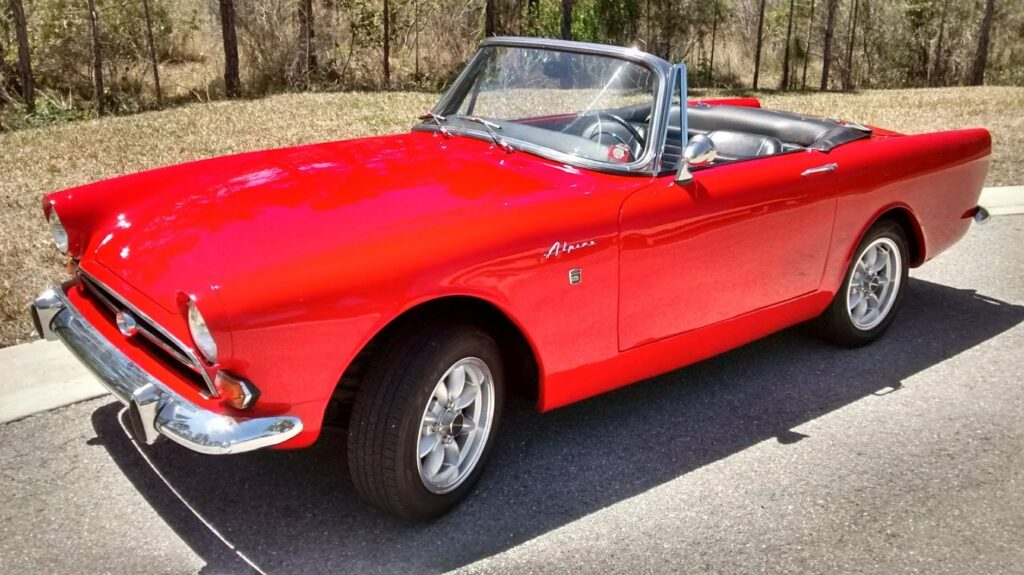
I have to admit a serious crush on this model, with its snappy little 1725cc / 96bhp engine. It’s beautiful, cheeky and nippy, despite its underpowered engine. Of course, it’s not as classy as its predecessor:
Sunbeam Alpine Mk I (1955)
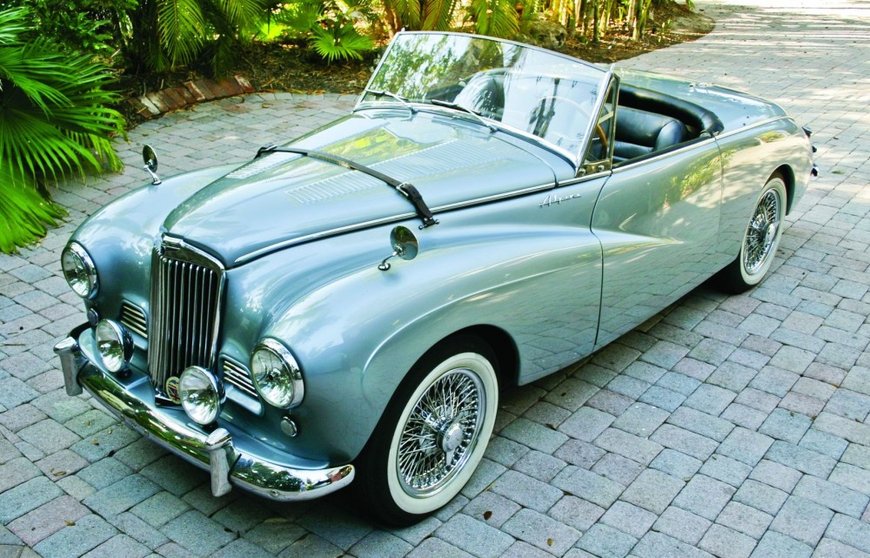
This is the car that Cary Grant used to seduce Grace Kelly in To Catch A Thief, but I have to admit that its 2.2-liter / 96bhp engine, while larger than the later Mk III, had to move a chassis which weighed nearly three times as much. But hey, I don’t do drag races.
Go ahead, laugh all you want at the above. But I’d have an ultra-luxurious drive in the first category, and a super-fun drive in the other, whichever the choice. I don’t need a massive, loud, gas-guzzling engine to do either; but most of all, the cars are all stylish, in a way that modern cars cannot compete with.
Remember: these are cars of their times, not for today, so don’t apply modern-day standards to either — although I’d happily drive any of them today, given the chance.
Wine? Thank you, I’ll have a glass…
As much as I always loved my old Smelly:

…I have to admit that the sights are not the best. That teeny little V at the rear makes quick acquisition of the target a little problematic.
Such is not the case with the SMLE’s successor, the Rifle No.4 Mk I:

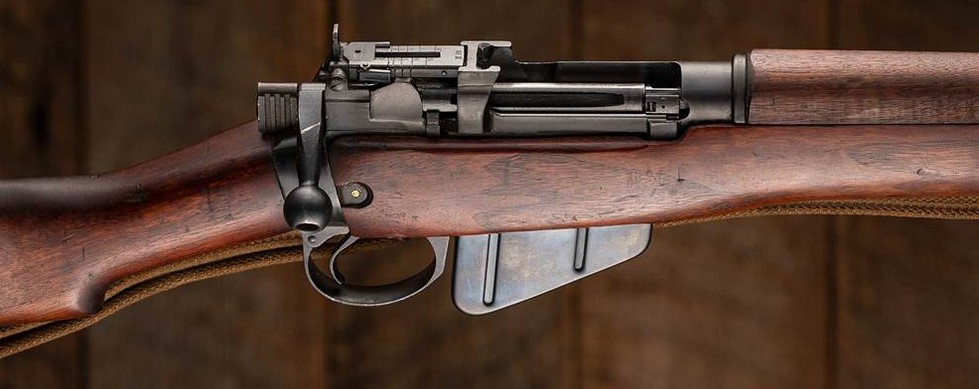
With the exception of the semi-automatic Garand, the No.4 was probably the best battle rifle of its era, because with its aperture sight and 10-round magazine, it combined firepower with combat-level accuracy, and its silky-smooth bolt action made for a fearsome weapon.
I’ve fired many a No.4, and never had a bad time with any of them. My only regret is that I’ve never actually owned one.
Which makes this article all the more painful.
Early on a Sunday morning in June, a tractor-trailer backed into the rear parking lot of the Navy Arms warehouse north of Martinsburg, W.V. Inside the truck’s shipping container were four huge wooden crates containing a long-forgotten batch of British No. 4 Lee-Enfield rifles with a unique history. Two green, military-style chests, each brimming with plastic-wrapped bolts, accompanied the wooden containers. Inside the warehouse sat cardboard boxes filled with newly made No. 4 rifle magazines, waiting for their recipients to be offloaded. Valmore Forgett, III, president and CEO of Navy Arms, had shepherded these guns from their storage spot in France to this final point on a long journey that first started on C-47s, B-24s and B-17s flying over war-torn France.
As the crates were forklifted out of the shipping container, eager hands pried nails and loosened screws securing the plywood lids in place. Finally, the crate cover slid off, revealing a sea of bubble-wrapped rifles filling each box to the brim. It took the team at Navy Arms about a week just to unpack the carefully cocooned guns, while Val’s sons unwrapped each individual bolt from its plastic packaging, recorded its serial number and matched it to its rifle, wherever possible. After a brief wipe-down, quick swab of the bore and import-marking, the rifles were moved to a rack, where they awaited their moment under the camera lights.
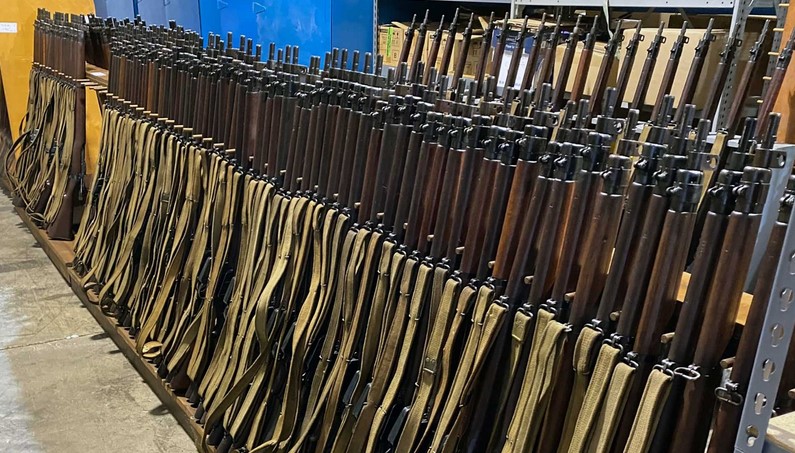
Aahhhh… have mercy.
I don’t wanna talk about it no more because it just hurts too much; you’ll have to follow the link for details, and more pics to drool over.
I’ll just go over to the corner and pout.
I have mentioned before about the confusion I have with actors’ or starlets’ or celebrities; names which are either the same, or close enough for my senior-level brain to grind to a halt.
Did I ever mention the Foxes: Julia, Megan, Emilia and Samantha?
Truth be told, I’m a little more familiar with the last-named, but only because she’s been around forever, as a Page Three Girl, a singer and (more recently) a prominent lesbianist.

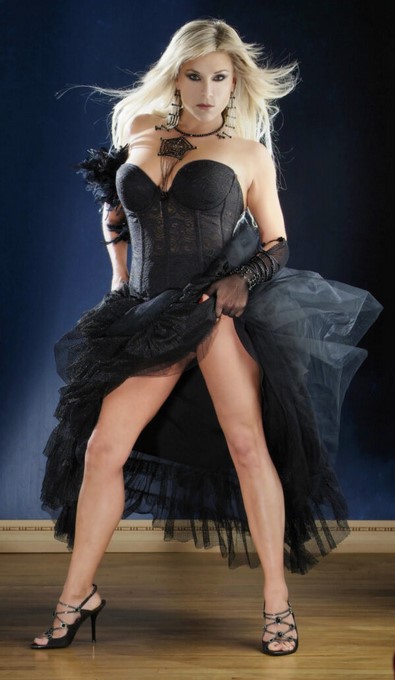

I’ve also seen Emilia (daughter of James and sister of Laurence) in a couple of good movies.


But the first two? No chance.


Couldn’t tell them apart with a crib note.
So whenever I see mention of “______ Fox”, my brain tries to identify which one’s the topic under discussion, and then says, “Fuck it, I’ll go and watch Othias and Mae instead.”
Actually, not a bad outcome, all things considered.